With climate change worldwide and progressively irregular weather patterns, including prolonged droughts, there is a greater need to consider water-wise gardens. No matter where you reside, using water wisely in your garden seems to be crucial.
Homeowners are showing an interest in drought-tolerant, climate-appropriate plants. However, many are unwilling to give up vibrant color, stunning blossoms, or luxuriant foliage.
Points to be noted Before Choosing the Plant
Selecting the right plant for the right spot in your yard is essential when creating a water-wise garden.
Size and Function: Pick plants that will best support the landscape design of your garden based on their height, width, shape, color, and form. Plants can be used to reduce energy or water usage, obscure unpleasant views or sounds (dense plant material), decrease erosion on steep slopes (lower growing groundcovers), and attract birds, butterflies, and bees.
Pick Adapted Plants: To minimize maintenance and water requirements, use plant species that are adapted to the region, including the soil, water, temperature, light, and pest conditions. This does not imply that water-wise gardens are solely made of native plants. There are other plants from other arid places of the world that can evolve to fit the region's water needs.
Hydrozones: Plants that are grouped together based on their water requirements can be watered more effectively since they are less likely to be over- or under-watered. Also, keep in mind that smaller plants typically need much less water than bigger plants.
Season: To maintain year-round greenery, consider the timing of the foliage, flowering, and seeding of the plants. To prevent any area of the garden from looking barren, try to include spring, summer, and fall interests in each planting group.
Water-wise Plants
Here are 10 water-wise plants that will keep your water bill light.
Beardtongue
There are over 250 species of flowering plants in this genus that are often found in North America. They may grow in a variety of environments, including plains, mountains, and deserts. Typically, bearded tongue plants produce clusters of tube-shaped blooms on stiff stalks.
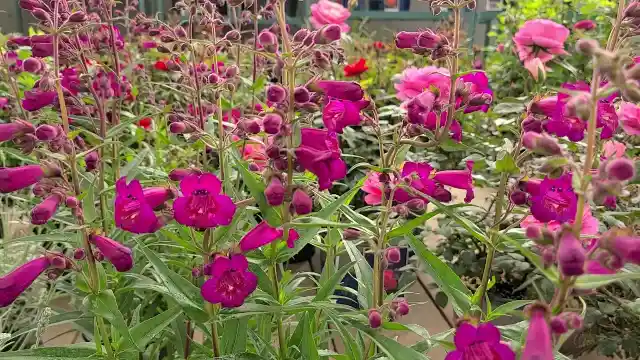
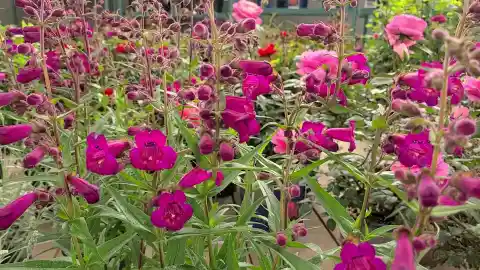
They work wonders at luring bees and hummingbirds to your garden. These plants are drought-resistant and require little care. If it hasn't rained, they could require water every few of weeks. However, quick drainage is necessary to prevent root rot.
Red Creeping Thyme
Creeping thyme is a drought-tolerant plant that produces an abundance of blossoms. Many types of thyme thrive in environments with little to no water, but this magenta-hued kind is particularly lively and aromatic.
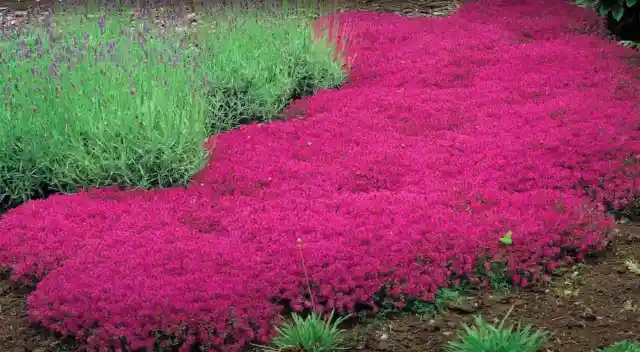
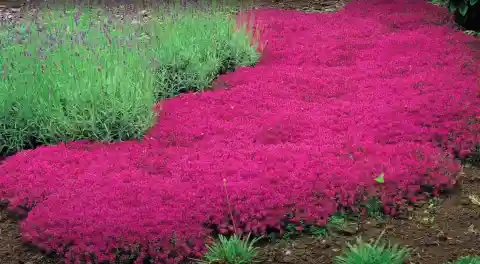
Keep it in full or partial sunlight. They will spread 8 to 12 inches if you tuck clusters of these water-wise plants into rock gardens or next to walls. During the fall, the leafy vegetation gradually becomes a lovely bronze shade.
Geranium
Pelargonium geraniums are extremely hardy plants. The majority of plants start to bloom in the late spring. And others, particularly the newer types like the hybrid known as "Rozanne," continue to bloom right up until the first fall frost.
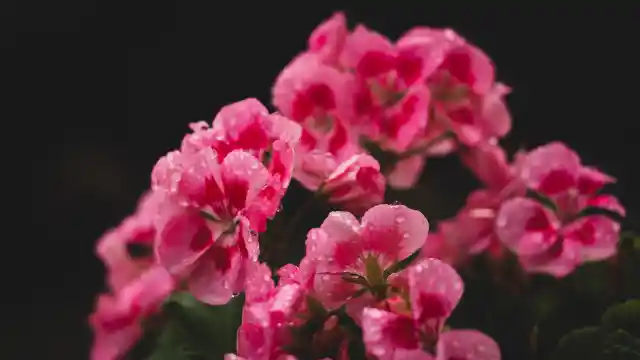
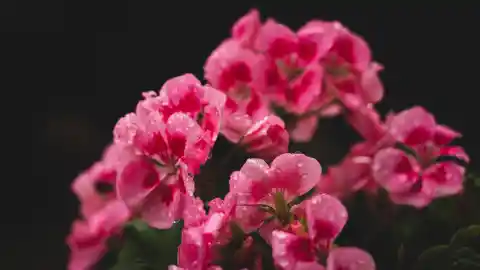
Geraniums are typically low-growing, mound-forming plants that might resemble a tiny shrub. They may live for decades and are one of the simplest plants to grow through cuttings.
Butterfly Weed
This bushy perennial is well-known for its spectacular clusters of vibrant blooms that bloom all summer long. Include these water-efficient plants in a cottage garden that is convenient for cutting flowers.

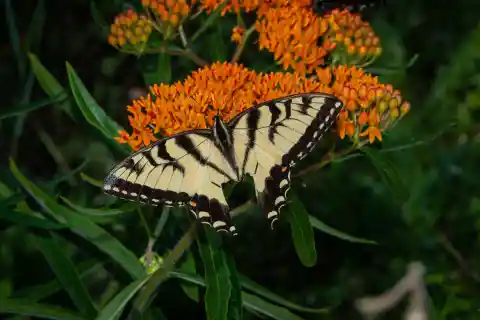
If the seedpods aren't removed, the dried floral arrangement will self-seed. The seedpods offer texture and intrigue. Butterfly vine thrives in warmer regions and is known to draw pollinators. It serves as a host plant for monarch butterflies.
Lavender
Throughout the growing season, lavender plants produce magnificent spikes of bluish-purple flowers. Lavender's silvery-green leaves and flowers are frequently picked for their oils or dried and used in potpourris and sachets because of their relaxing scent.

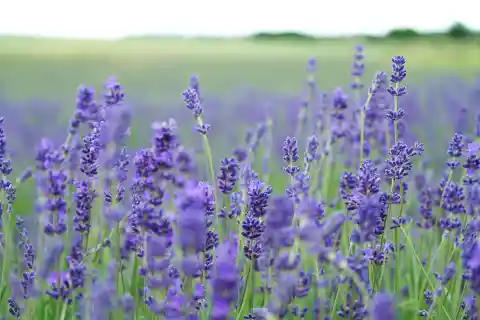
Lavender is a plant that naturally grows in the arid, sandy soil of the Mediterranean and has adapted to require minimal water. During the first year of growth of your plant, keep the soil equally wet. But after that, you often only need to water if the top few inches of soil are dry.
Oregon Grape
This kind of Oregon grape is a compact grower, reaching a maximum height of 3 to 4 feet. This tiny shrub works well for planting locations in partial or full shade and on east and north-facing walls since it is shade tolerant.
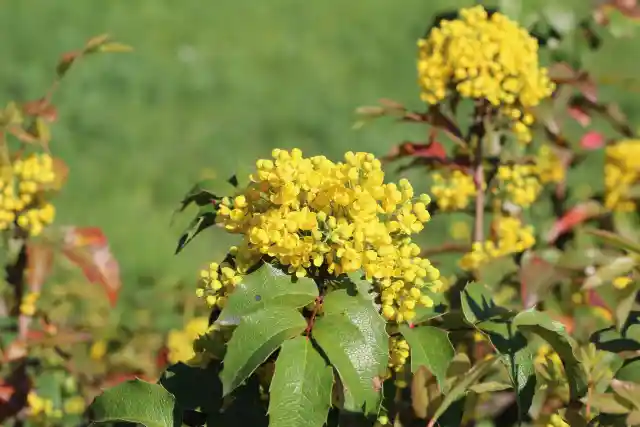
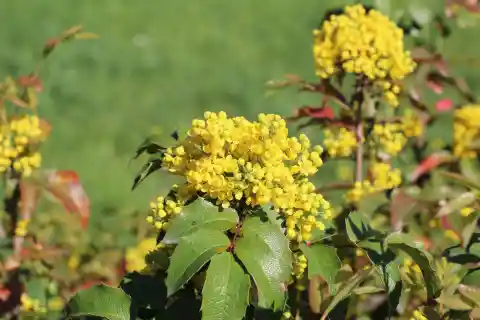
It will improve your landscape all year round with its brilliant blue fruit that attracts songbirds, fragrant yellow early spring blooms, and evergreen leaves.
New Zealand Tea Tree
The New Zealand tea tree is an evergreen shrub with tiny, spiky, fragrant leaves. Its bark and essential oil from its leaves are both prepared in different ways in alternative medicines.
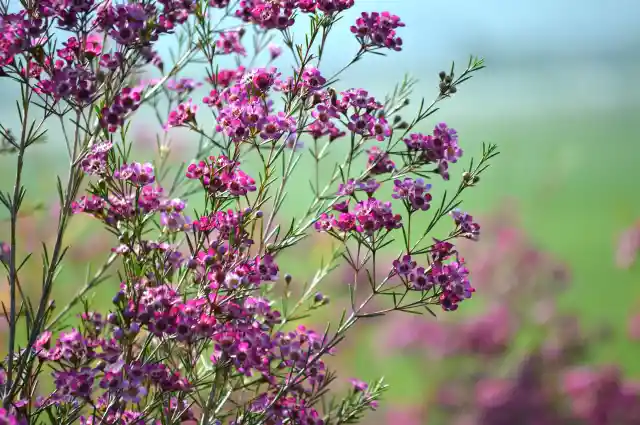
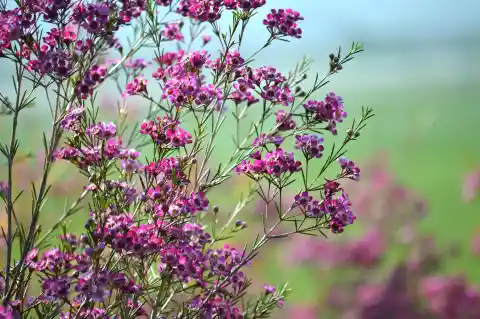
In the early summer, the plant produces spectacular white, pink, or red blooms that attract bees and other pollinators to your garden. It requires regular watering for the first year, but it can thrive with little water after that.
Purple Prairie Clover
Purple prairie clover is a stunning soil-building plant and the good bacteria that live in its root nodes aid in fixing nitrogen in the ground.
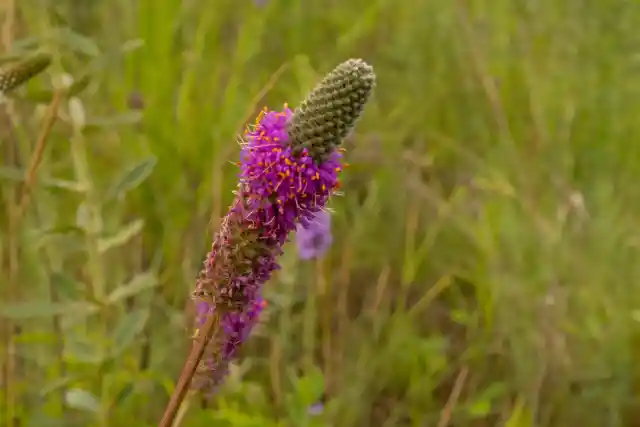

Its thin, bright-green foliage serves as a sign of its resistance to dryness, and the profusion of midsummer purple blooms will undoubtedly draw any bees and butterflies around. The best feature is that it can grow in virtually any sort of soil.
Wild Lilac
Wild lilac species are aromatic, vibrant bushes. They are everlasting and drought tolerant and may be utilized as screens, hedges, ground covers, borders, and more in the landscape.

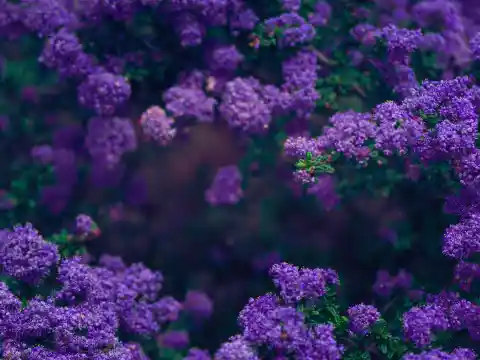
Although California is home to the majority of wild lilac species, some also thrive in the eastern United States, the Rocky Mountains, the Pacific Northwest, and Mexico. Some plants spread out and grow low, while others grow erect and bushy.
Coneflower
The daisy, aster, and sunflower (Asteraceae) family include three genera that include coneflowers. These plants, which are native to North America, are sometimes referred to as wildflowers. The flower's cone-shaped center inspired the name "coneflower."
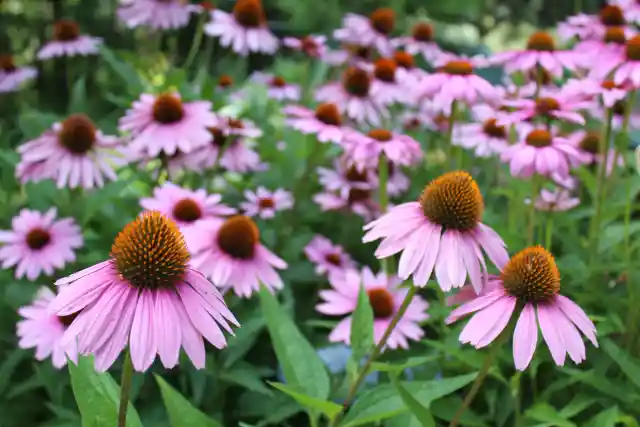
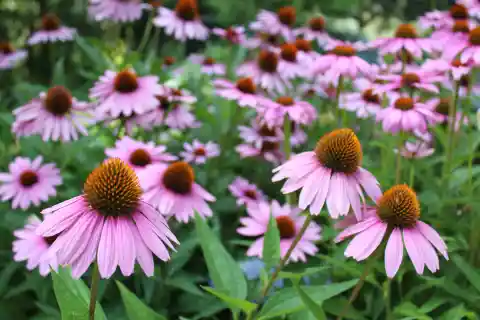
Coneflowers thrive in heat and dryness and create excellent cut flowers, making them ideal for home gardens. To grow, they need both full sun and some shade.